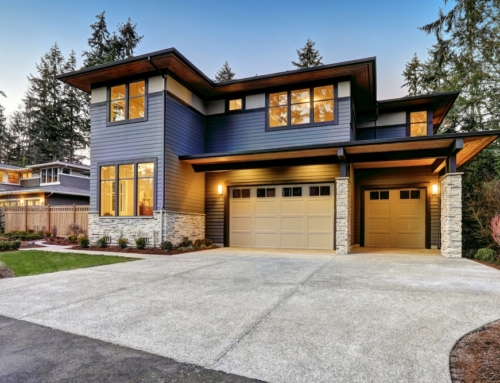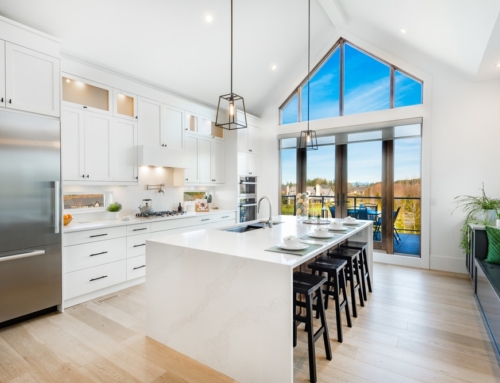The number of listings doesn’t just increase during the spring home buying season. The number of books telling you how to buy, sell, renovate, flip, and maximize your real estate holdings increases as well.
Over the next few weeks, I’ll be reviewing a few of the latest titles, to give you a sense of what’s out there. For a better selection, you may want to check out the real estate section of your local bookstore.
Tax season is here, with accountants scrambling to meet the April 15th deadline. For the more than 2 million Americans who bought vacation homes or investment property last year (a record 30 percent of transactions were for vacation or investment property), this year’s tax season could be a bit problematic.
Fortunately, a new tax book has arrived just in time to shed a little light on the subject for novice real estate investors. Every Landlord’s Tax Deduction Guide (Nolo, $34.99; www.nolo.com) written by San Francisco-based attorney Stephen Fishman, starts with a look at the basics of tax deductions for landlords, and includes such sage advice as “Don’t buy things just to get a tax deduction.”
He also runs through the different types of property ownership (general or limited partnerships, limited liability companies, corporations, tenancy in common or joint tenancy) and how they might affect the taxes you’ll pay on the property. There is an excellent discussion of the deductibility of operating expenses, repairs, interest, start-up expenses, the home office deduction, car and local transportation expenses and travel expenses.
But the best chapter may be the one on depreciation and how it works. Fishman notes that you need to keep accurate records for each asset you depreciate. These records must be detailed enough to show the description of the asset, when and how you purchased it, the date it was placed into service, the original cost, the depreciable basis, and other IRS-friendly information.
The best part of the book is that it’s written in a way that will make the most sense to investors. The part that drives me crazy is the pagination. It’s a small point, but the book doesn’t have regular page numbers. Each chapter starts the page count from the beginning, so if you want to find something in Chapter 5, it might be on page 5/25. (Publishers, please stop doing this for consumer books!)
There aren’t many female builders building homes for sale. But that doesn’t mean women don’t want to build homes. In her new book, The House That Jill Built: A Woman’s Guide to Home Building (Gibbs Smith, $24.95, www.gibbs-smith.com), Judy Ostrow compares building a home to that particularly female experience of giving birth.
“Homebuilding can be a mind-and-body-wrenching experience,” she writes in the introduction. The good news is that after the waiting, anticipation, moments of nausea, big and unexpected changes in appearance and terror that the whole process will never end, “the building process also ends — eventually — with a great new space.”
The book documents the journey ten women took when they decided to build a home for themselves. They talk about where their ideas came from, how they funded the construction, who helped, the “struggles and the victories” and how each feels about the finished product.
The book helps you see how each woman’s construction project grew organically out of a need or a yearning for her own space. And it’s fascinating to see how these women build so differently than commercial, professional custom or production builders.
In some cases, a house took years to build. All of these women thought about what was most important to them (in one case, a huge soaking bathtub seemed more important than a stove), and how they could incorporate their own custom touches to the finished product.
Most importantly, all of these women took hammer to nail and did much of the work themselves: from architectural drawings to, in one case, creating all of the copper sconces that line the walls.
If you’ve ever been told you “can’t” building a home or you “shouldn’t” even think about it, The House That Jill Built will give you the courage to get moving on the path toward creating your dream.
My favorite part of the book is at the end, “Credits & Sources,” which includes interesting and personal details about each project. In addition, each builder included great references books, websites and resources that could help other women (and men) who want to build homes.
But you can find excellent suggestions permeating throughout this book, not to mention beautiful photography, all of which showcases how fabulous the homes are that these women built.
March 11, 2005.






Leave A Comment